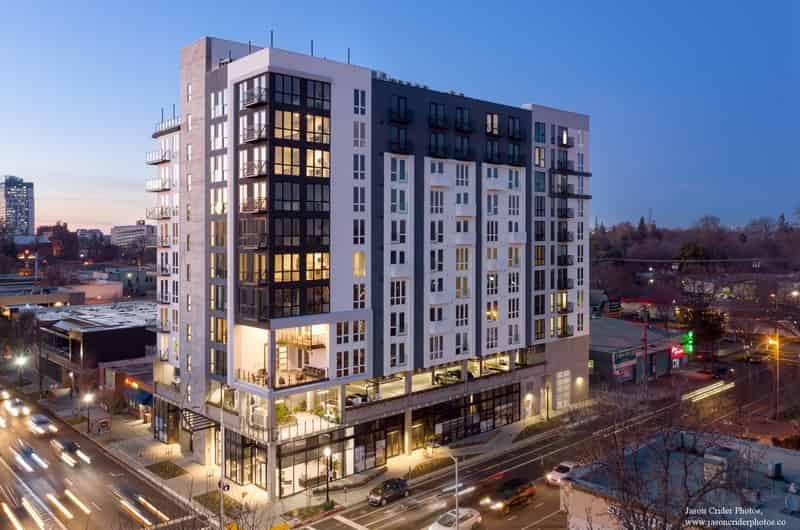We bring you the latest research from the community of researchers who publish in Findings, an interdisciplinary, independent, indexed, community-led, peer-reviewed, self-sustaining, open access journal focused on short, clear, and pointed research results.
You can find us on the socials at: RSS, Mastodon: @FindingsPress@Fediscience.org, BlueSky, LinkedIn (and even X if you must). We welcome submissions.
Review Articles
Our first review articles have been published. We retain the standard Findings approach, but the object of study is the academic literature, rather than the world itself. We hope to have more of these types of papers over the coming months and years.
Rubina Singh Daniel Malarkey Don MacKenzie
We reviewed the literature and market reports to determine the effect of the public charging experience on electric vehicle purchase and re-purchase decisions.
A Review of the Structure of Street Networks
Marc Barthelemy Geoff Boeing
We review more than 20 years of research on the structure of street networks and identify open challenges facing researchers.
Latest Articles
Do Users Prefer Particular Public Bus Transport Operators in Bhopal, India?
Mausmi Hajela Binayak Choudhury
Operational coexistence of a particular public bus transport operator with dedicated ridership is largely unexplored. This preferential difference using travel behaviour attributes are described in this paper.
Graham DeLeon Jamey M. B. Volker Susie Pike Bailey Affolter
Research indicates that transit-oriented developments (TOD) and streamlining provisions, including California’s Senate Bill (SB) 375, can lead to gentrification. This study illustrates that SB 375’s impact varies.
Ron Buliung Jennifer Niece Rhonda Solomon
Satisfaction with pedestrian infrastructure did not vary by disability type. Disabled men and people from higher income households are typically more satisfied.
Factors Shaping Attitudes Toward Walking to the Grocery Store and Their Influence on Behaviors
Chia-Yuan Yu
Improving tangible factors like sidewalk quality and proximity to destinations is crucial for encouraging walking and promoting sustainable urban lifestyles.
Chia-Yuan Yu
Used Google Street View and deep learning to assess walkability in downtown Orlando (2018-2021), revealing increased greenery and sidewalks, decreased openness, and investment disparities between the east and west sides.
Chia-Yuan Yu
This study correlates road design, land use, driveways, and streetscape features with pedestrian-vehicle crashes on urban arterials in Austin, Texas, Arterials with high speed limits had increased crashes.
Perceptions of Service Enhancements in Shared Autonomous Vehicles: A Demographic Perspective
Ole Aasvik
Women value safety hosts, while older adults have lower value for travel time and riding alone. This study reveals how background factors shape preferences for shared autonomous vehicle services.
Which Measures can Reduce Parental Driving to Sport Activities?
Erik Bjørnson Lunke Susanne Nordbakke
Bus transport is evaluated as an effective measure to reduce parental driving to sport activities. Carpooling and walking/cycling groups receives some support especially on soccer and handball activities.
Did the Implementation of Low Emission Zone in Glasgow Change the Traffic Flow and Air Quality?
Hyesop Shin Eric Silverman Yue Li Ye Tian Qunshan Zhao
Glasgow's LEZ reduced weekday traffic and NO2 (across day groups) on High Street , while Hope Street saw NO2 decreases without traffic changes
Clustering Micromobility Devices based on Speed and Comfort
Amir Hassanpour Alex Bigazzi
Pedestrians and various micromobility devices are grouped into four clusters. Discover "Path User Comfort Equivalents," a design concept similar to "Passenger Car Equivalents."
Windshield Bias, Car Brain, Motornormativity: Different Names, Same Obscured Public Health Hazard
Tara Goddard
People in the United States ascribe to social norms around private property, risk, and externalities that differ when those norms involve automobiles or driving,
Clare Nelson Gregory Rowangould
Public opinion polls may be providing misleading results: After the public is educated about policy cost and relevance, polling results shift substantially.
Lars Even Egner
Acceptability of changes in road death and jams as a results of replacing human truck drivers with autonomous vehicles is affected by diminishing sensitivity, but not loss aversion.
Kentaro Mori Kara Kockelman
Probe-vehicle data can be used to infer statewide travel demand variations throughout the year, but conventional permanent traffic recorders still have an edge.
Felix Gotzler Nico Nachtigall Konstantin Krauss
Employing GPS tracking data of 1,096 participants, this study finds external costs can be reduced by 21% , and by up to 77% with a doubling of travel time.
Human Mobility Patterns during the 2024 Total Solar Eclipse in Canada
Hui Jeong Ha Jed A Long
Using de-identified network mobility data, this study reveals that 589,290 Canadians traveled to observe the 2024 total solar eclipse, showcasing a significant distance-decay effect.
Giulio Mattioli Joachim Scheiner
The air travel frequency of an individual is influenced not just by the spatial dispersion of their personal social networks, but also by those of their cohabiting partner.
Revealed Preferences for Utilitarian Cycling Energy Expenditure versus Travel Time
Elmira Berjisian Alexander Bigazzi
This study quantifies the trade-off cyclists make between energy expenditure and travel time. Factors influencing this trade-off include road grade, infrastructure, traffic control, trip purpose, and cyclist demographics and preferences.



